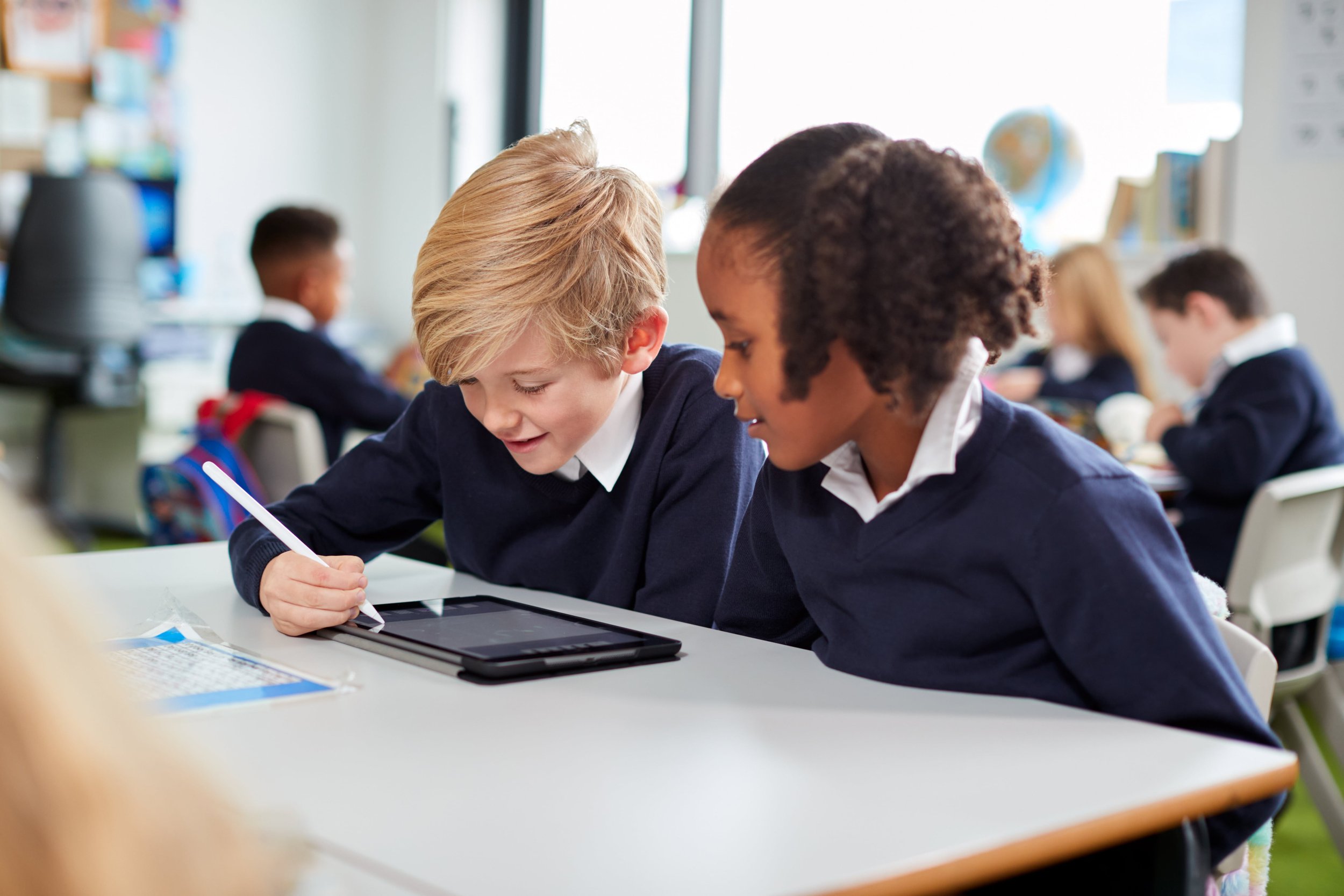
Primary Resources
Key Stage 1
In this lesson, students will begin to explore the meaning of the words ‘race’ and ‘racism’.
In this lesson, students explore what it means to be ‘anti-racist’ They consider the ways in which being anti-racist is different from ‘not being racist’.
In this lesson, students use their knowledge of what race and racism is to challenge myths and stereotypes.
In this lesson, students learn about ‘stereotypes’. Students consider the ways in which TV, film and literature can sometimes lead us to think in stereotypical ways.
Building on the learning from the previous lesson, students consider the harmful effects of stereotyping. Students learn about bias and why it is important that we don’t make judgements about people based on the way they look.
In this lesson, students consider how we can be anti-racist in our actions, and why being anti-racist is so important.
In this lesson, students explore the issue of representation. Students reflect on why it is important that we see main characters that look like ourselves in the books we read, and the TV/films we watch.
In this lesson, students explore some of the myths and stereotypes that exist surrounding race, the histories of People of Colour and the world outside of Europe. Students consider the harm that racial myths and stereotypes can cause.
Key Stage 2
In this lesson, students will explore meaning of the words ‘race’ and ‘racism’. Students will be able to identify different types of racism and be able to explain why talking about race and racism is so important.
In this lesson, students will consider what it means to be ‘anti-racist.’ Students will be able to identify actions that are anti-racist and will be able to provide examples of their own.
In this lesson, students broaden their understanding of what racism is. Students will learn what ‘systemic racism’ is. They will consider the impact that racially biased policies and practices have on our understanding of the world, and on the lives of People of Colour.
In this lesson, students’ understanding of racism is developed further as they consider the ways in which the messages we receive from various aspects of society (e.g. the media, the education system) shape our understanding of ‘race, ourselves and others.
In this lesson, students learn about ‘unconscious bias’, considering the ways in which the messages we receive from society around us can sometimes lead us to stereotype and hold false beliefs about groups of people. We look at how and why racial bias causes harm.
Drawing upon all of the knowledge gained so far, students build upon the work started in Lesson 2 considering what it means for us to be anti-racist. Students will understand why the work of anti-racist is so important, and why anti-racism is everyone’s responsibility.
In this lesson, students will explore the issue of media representation. Students will consider the ways in which both a lack of representation and misrepresentation can cause harm, negatively affecting how we see ourselves and others.
In this final lesson of the scheme, students consider the ways in which racial socialisation (e.g. media representation) has contributed to the creation and spread of ‘myths’. Students (and teachers) consider what they can do as ‘anti-racists’ to challenge myths about the histories of People of Colour and the world outside of Europe.








